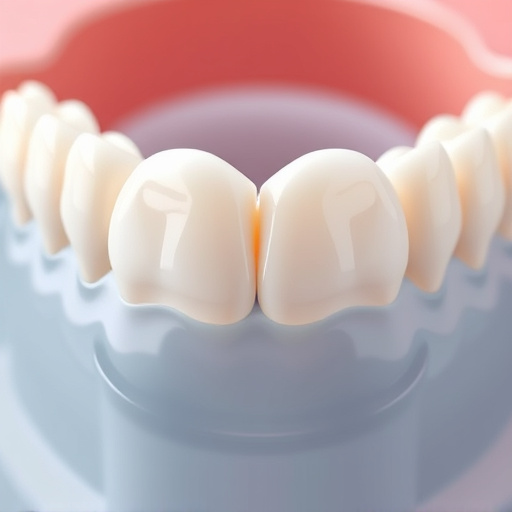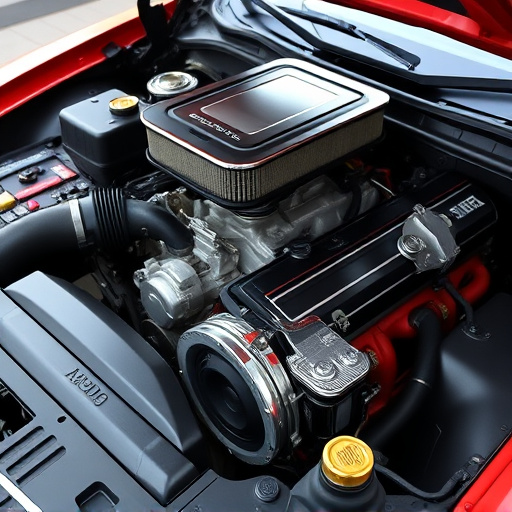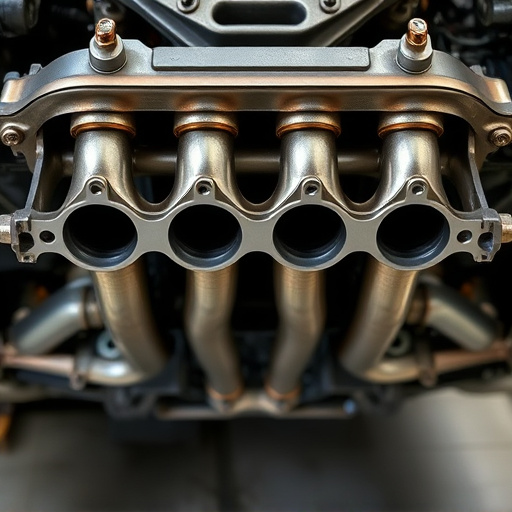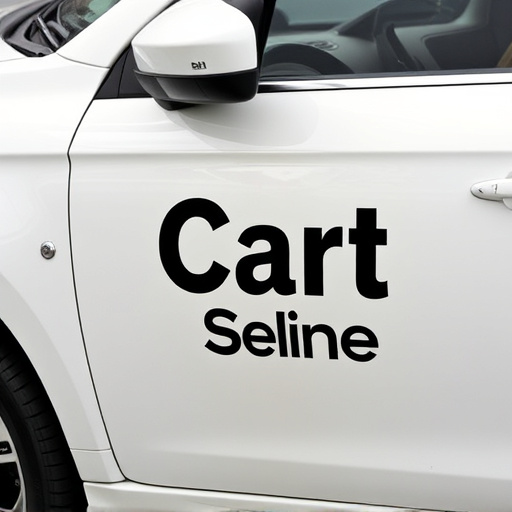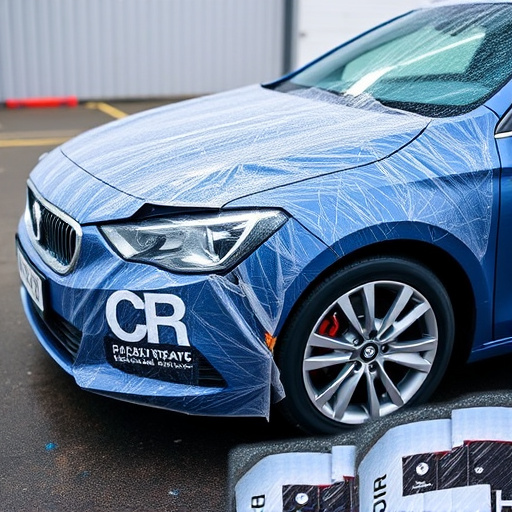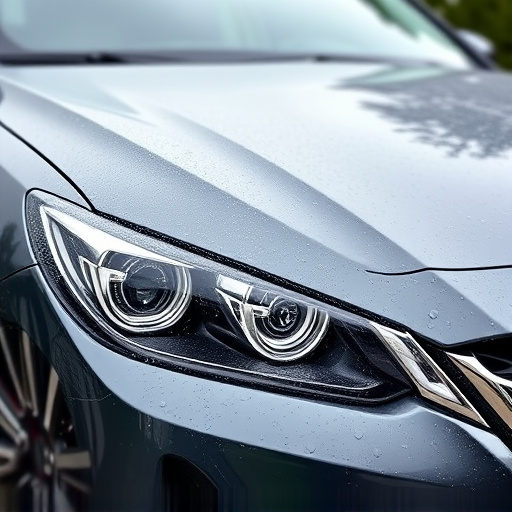Car graphic design turns vehicles into mobile art pieces, combining creative elements like color schemes, typography, and imagery to express brand identity. Designers consider practical aspects like light reflection and protection while achieving aesthetic appeal and longevity through strategic material choices, expert application, and regular maintenance. High-quality materials and meticulous preparation ensure impactful designs that enhance the overall automotive detailing process.
In the realm of vehicle graphics, car graphic design transforms mundane vehicles into captivating mobile billboards. This article delves into the essentials every designer needs to know for creating impactful automotive designs. From understanding fundamental elements and adhering to design principles to selecting robust color schemes and visuals, we explore strategies that enhance visual appeal. Additionally, we dissect application techniques ensuring longevity and optimal visibility of vehicle graphics.
- Understanding Car Graphics: Essential Elements and Design Principles
- Choosing Effective Color Schemes and Visuals for Automotive Designs
- Application Techniques: Ensuring Longevity and Impact of Vehicle Graphics
Understanding Car Graphics: Essential Elements and Design Principles
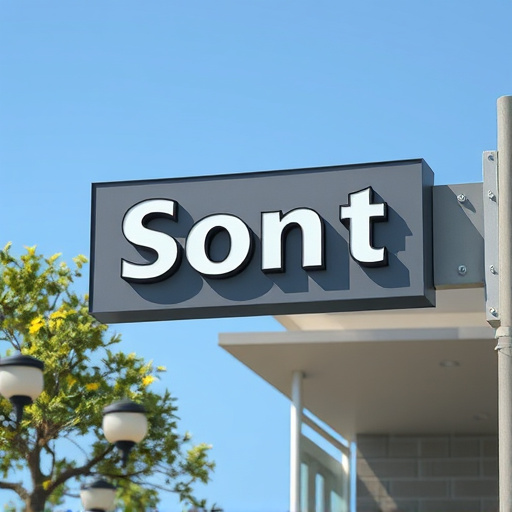
Car graphic design is an art that transforms vehicles into mobile canvases, allowing designers to showcase their creativity while also communicating key messages. To master this craft, understanding the essential elements and design principles is paramount. The basic components include color schemes, typography, imagery, and branding elements, all of which contribute to creating visually appealing and impactful designs. Color plays a significant role in capturing attention and conveying emotions; strategic use of contrast enhances readability, especially for text-based graphics. Typography choices should be aligned with the brand identity, ensuring clarity at speed.
Design principles like balance, harmony, and hierarchy guide the arrangement of these elements on the vehicle’s surface. Effective car graphic design considers not just aesthetic appeal but also practical considerations such as light reflection (heat rejection) and protection (protective coatings or vinyl wraps). By merging artistic vision with functional requirements, designers can produce eye-catching graphics that not only enhance the aesthetics of a vehicle but also serve as powerful marketing tools in motion.
Choosing Effective Color Schemes and Visuals for Automotive Designs

In the realm of car graphic design, selecting the right color schemes and visuals is akin to crafting a captivating story on a moving canvas. The goal is to enhance the vehicle’s aesthetic appeal while conveying a specific message or brand identity. Designers should consider the psychological impact of colors; for instance, bold, vibrant hues can evoke energy and excitement, making them ideal for sports car designs, whereas softer, neutral tones might suggest elegance and sophistication suitable for luxury vehicles.
Visual elements play a complementary role in vehicle enhancement. Incorporating graphics like stripes, patterns, or custom illustrations not only adds visual interest but also serves as a form of artistic expression. These designs can further emphasize the car’s unique character, especially when paired with protective coatings like paint protection film or ceramic coating, ensuring longevity and preserving the graphic’s integrity over time.
Application Techniques: Ensuring Longevity and Impact of Vehicle Graphics
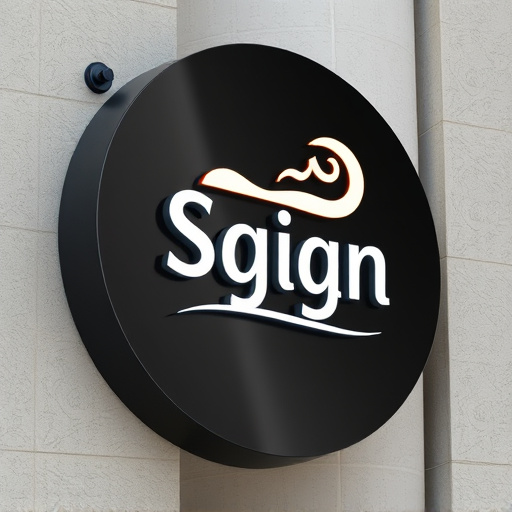
When applying car graphic design, longevity and impact go hand in hand. To ensure your vehicle graphics stay vibrant and effective for an extended period, consider using high-quality materials and expert application techniques. Start with preparing the surface properly; this involves cleaning, decontaminating, and properly repairing any damage to the paintwork. Using a paint protection film can offer additional layers of safeguard against environmental factors like UV rays and harsh weather conditions, preserving the integrity of both the graphics and the vehicle’s finish.
The application process itself is crucial. Skilled designers understand the importance of precise cutting, careful positioning, and secure adhesive removal to prevent bubbles, wrinkles, or misalignments. For areas prone to chipping or damage, like edges and corners, special consideration should be given. Regular maintenance, including reapplication of protective coatings and touch-ups, is also vital for maintaining the graphics’ original look and ensuring a long lifespan that complements the overall automotive detailing process.
Car graphic design is an art that transforms vehicles into moving canvases, capturing attention and conveying messages. By understanding the fundamentals outlined in this article—from design principles and color schemes to application techniques—designers can create impactful vehicle graphics that endure, enhance brand visibility, and contribute to a vibrant visual landscape on our roads.
